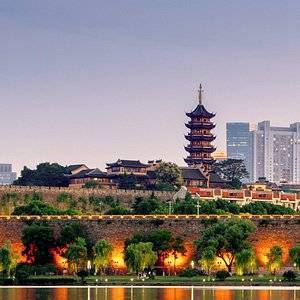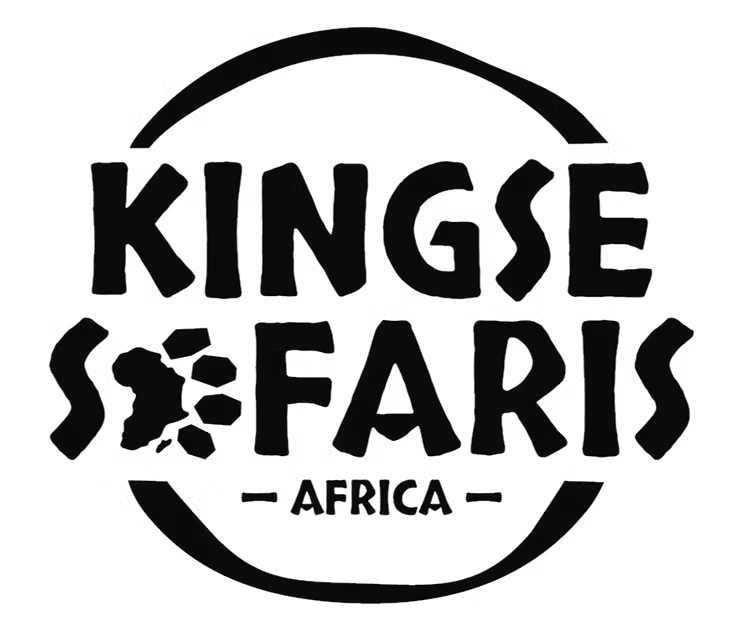Nutrition
Kilimanjaro Climbing Foods
Delicious, Nutritious Meals for High-Altitude Adventure.
Food is vital to Kilimanjaro’s success. At altitude, your body needs energy, and mountain chefs prepare fresh, balanced meals daily. From hearty soups to comforting snacks, every dish fuels your climb, lifts your spirit, and keeps you strong for the summit ahead.
Meals Throughout the Day
Your Meals on Kilimanjaro looks somewhat like the list mentioned below:
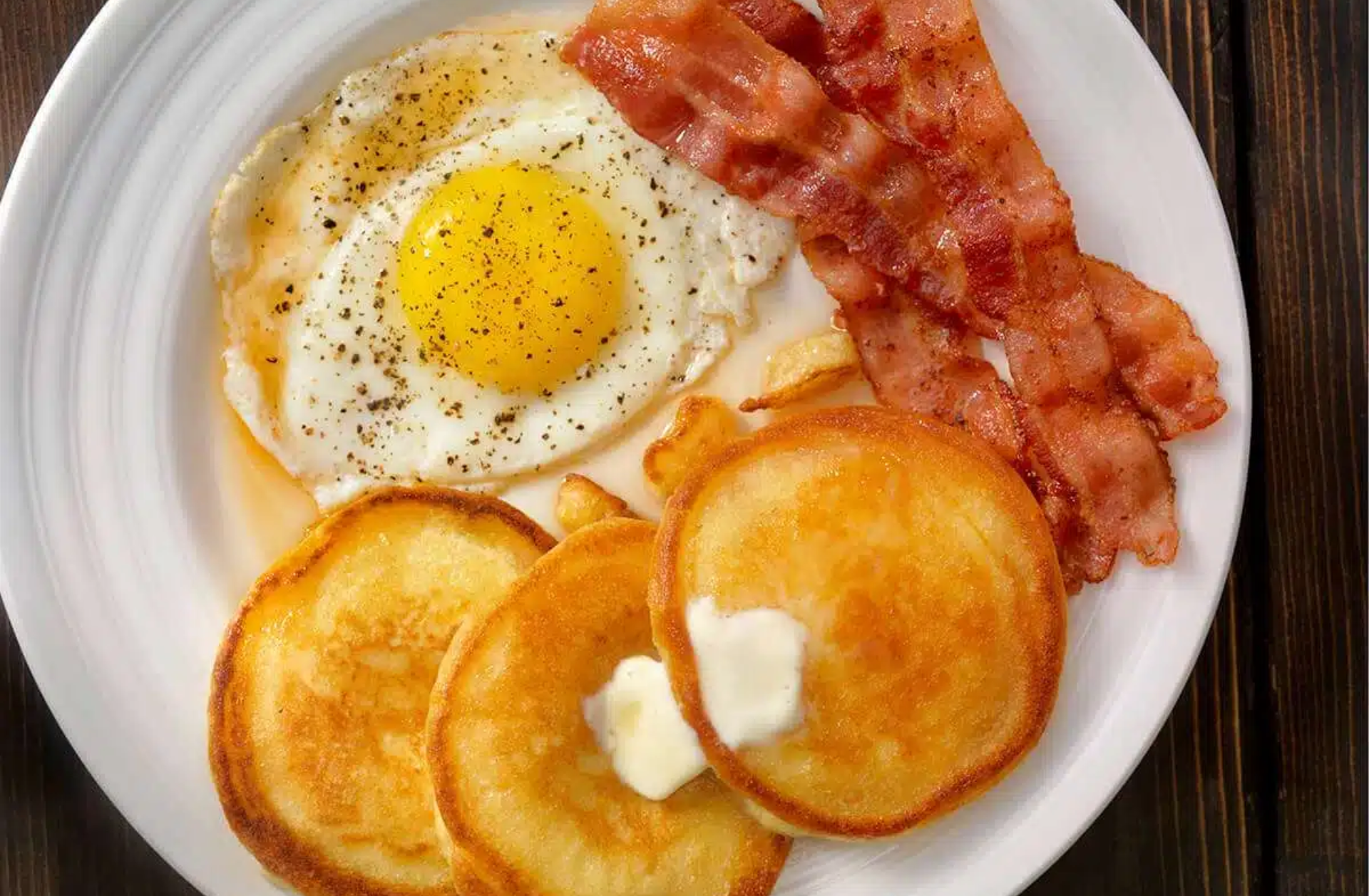
Breakfast – A Strong Start
Your mornings begin with a nourishing hot breakfast. It gives you the strength for several hours of trekking before your first rest. Expect:
- Porridge served with honey, sugar, or fruit toppings
- Fried or boiled eggs with sausages
- Toast with jam, marmalade, or peanut butter
- Fresh fruits such as bananas, oranges, or mangoes
- Warm drinks, including tea, coffee, or hot chocolate
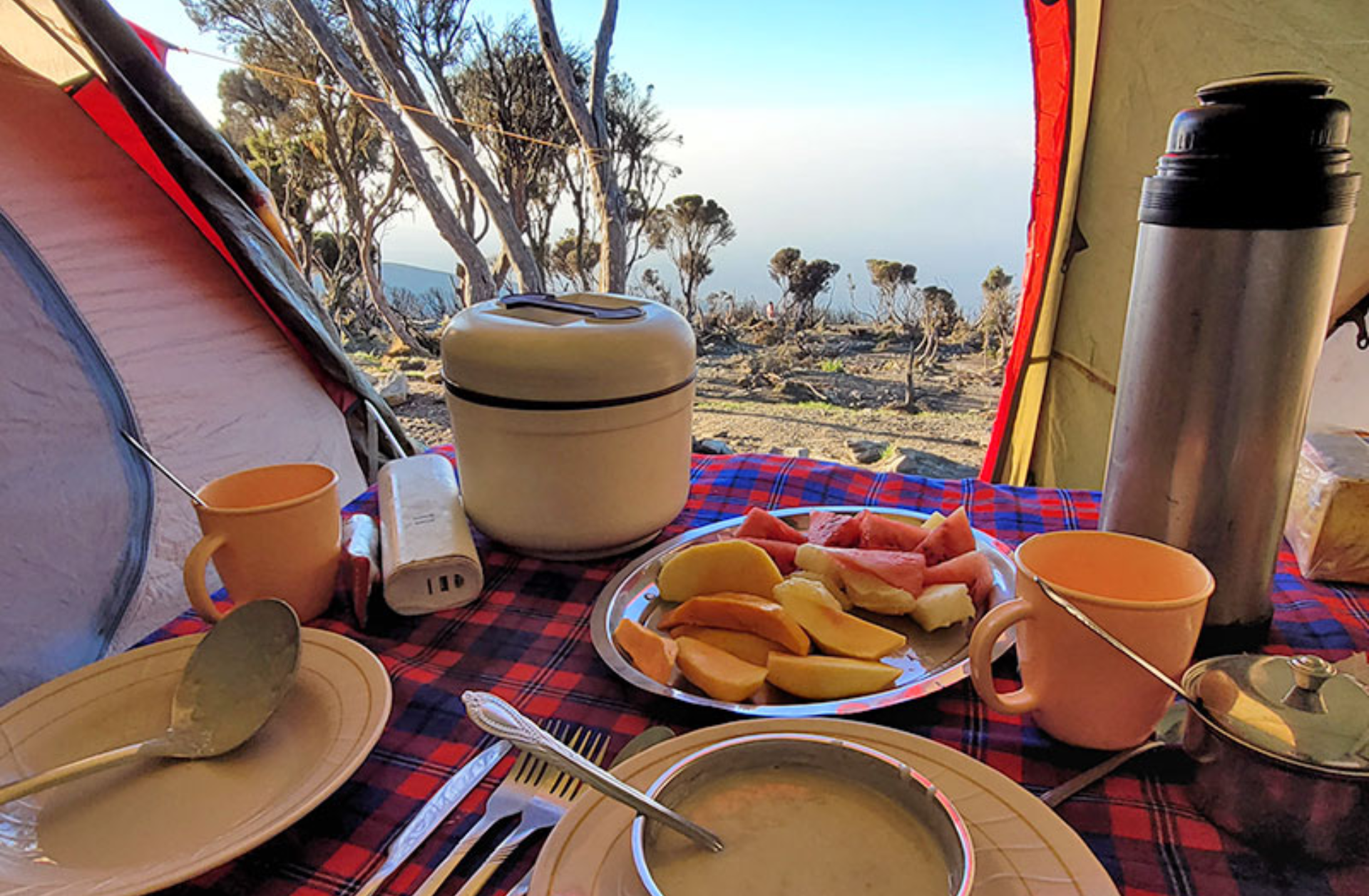
Lunch – Midday Energy
Lunch is often packed in your daypack for convenience on the trail. It’s simple, light, but packed with the energy you need. At times, hot lunches are also served at camp, depending on the day’s route. Typical items include:
- Boiled egg and grilled chicken portions
- Fresh sandwiches with cheese, vegetables, or cold meats
- Fruits like apples or oranges
- Juice boxes or soft drinks
- Afternoon tea at camp with biscuits, popcorn, and nuts
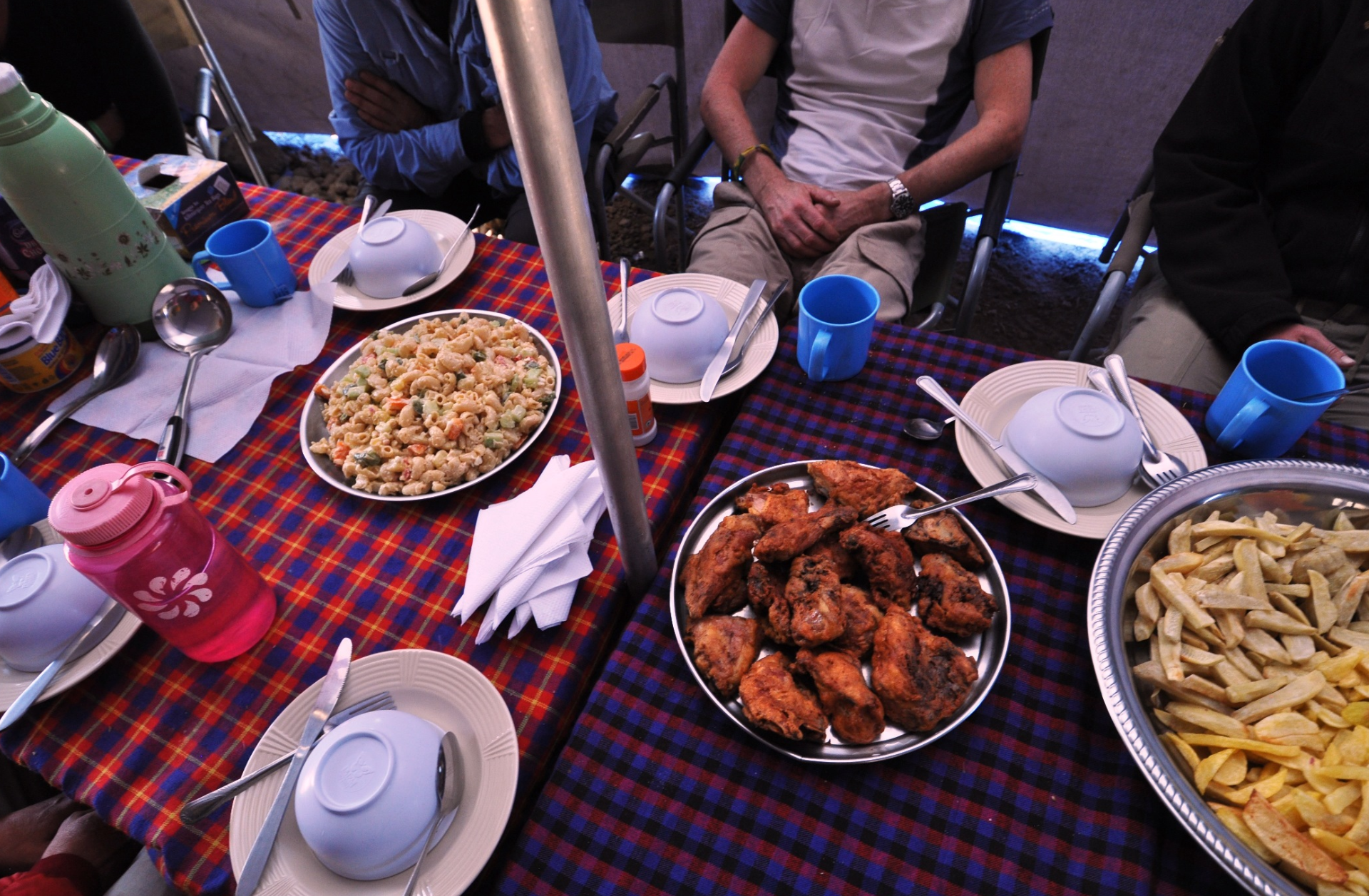
Dinner – Comfort After a Long Trek
Dinner is the most anticipated meal, served in a warm dining tent after a long day of climbing. It’s wholesome, filling, and comforting, designed to restore energy. Expect:
- A hot soup starter (pumpkin, leek, tomato, or vegetable)
- Main courses of chicken, beef, or fish
- Sides such as rice, pasta, potatoes, or ugali (maize meal)
- Cooked vegetables like cabbage, beans, or carrots
- Fresh fruit for dessert
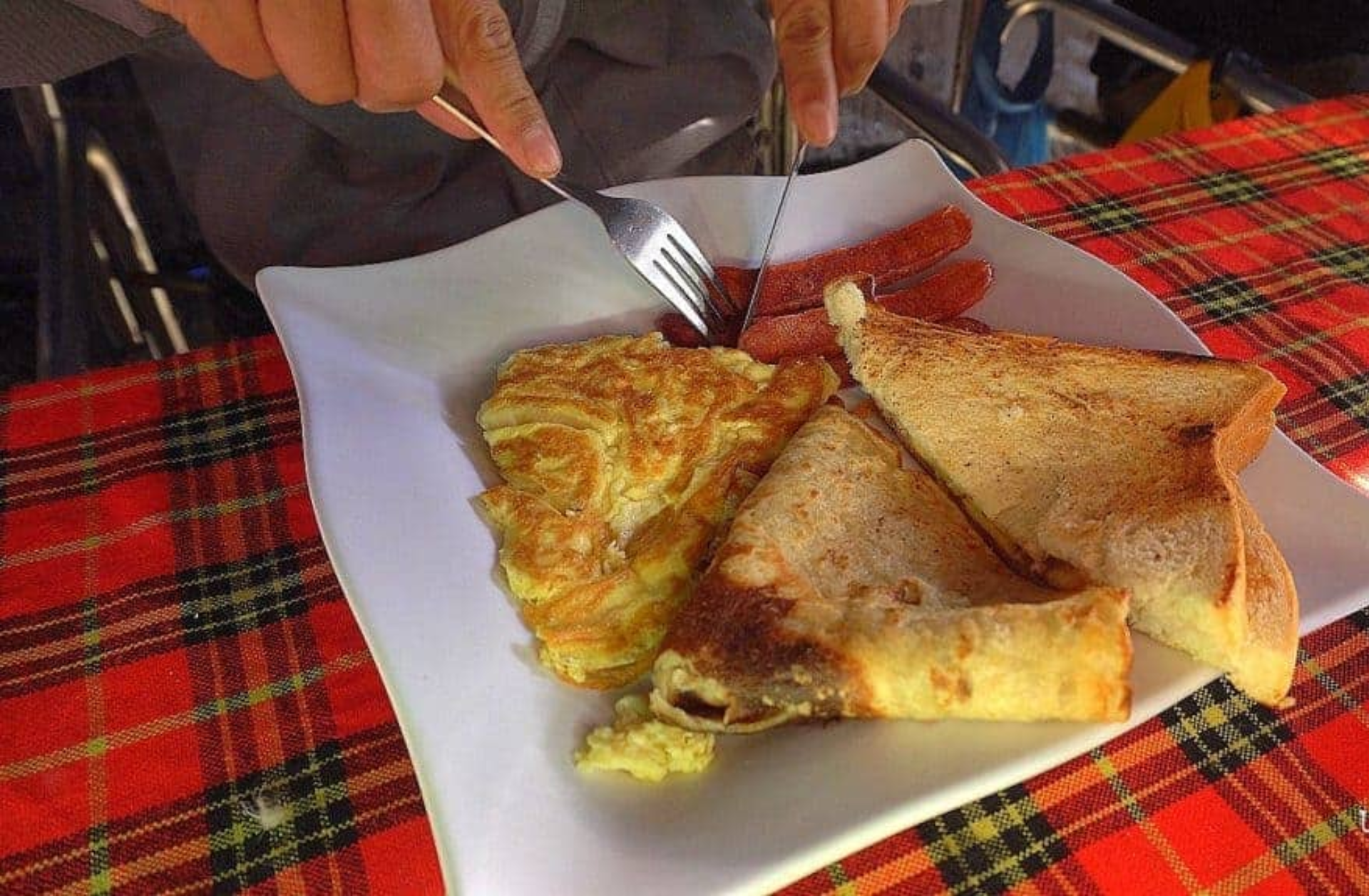
Snacks and Treats on the Mountain
Small comforts make a big difference at altitude. You’ll often find:
- Salted popcorn to snack on in the evenings
- Biscuits and peanuts with tea after trekking
- Familiar food brands like Heinz ketchup or Nescafé coffee
- Occasional sweets and chocolate bars for extra energy
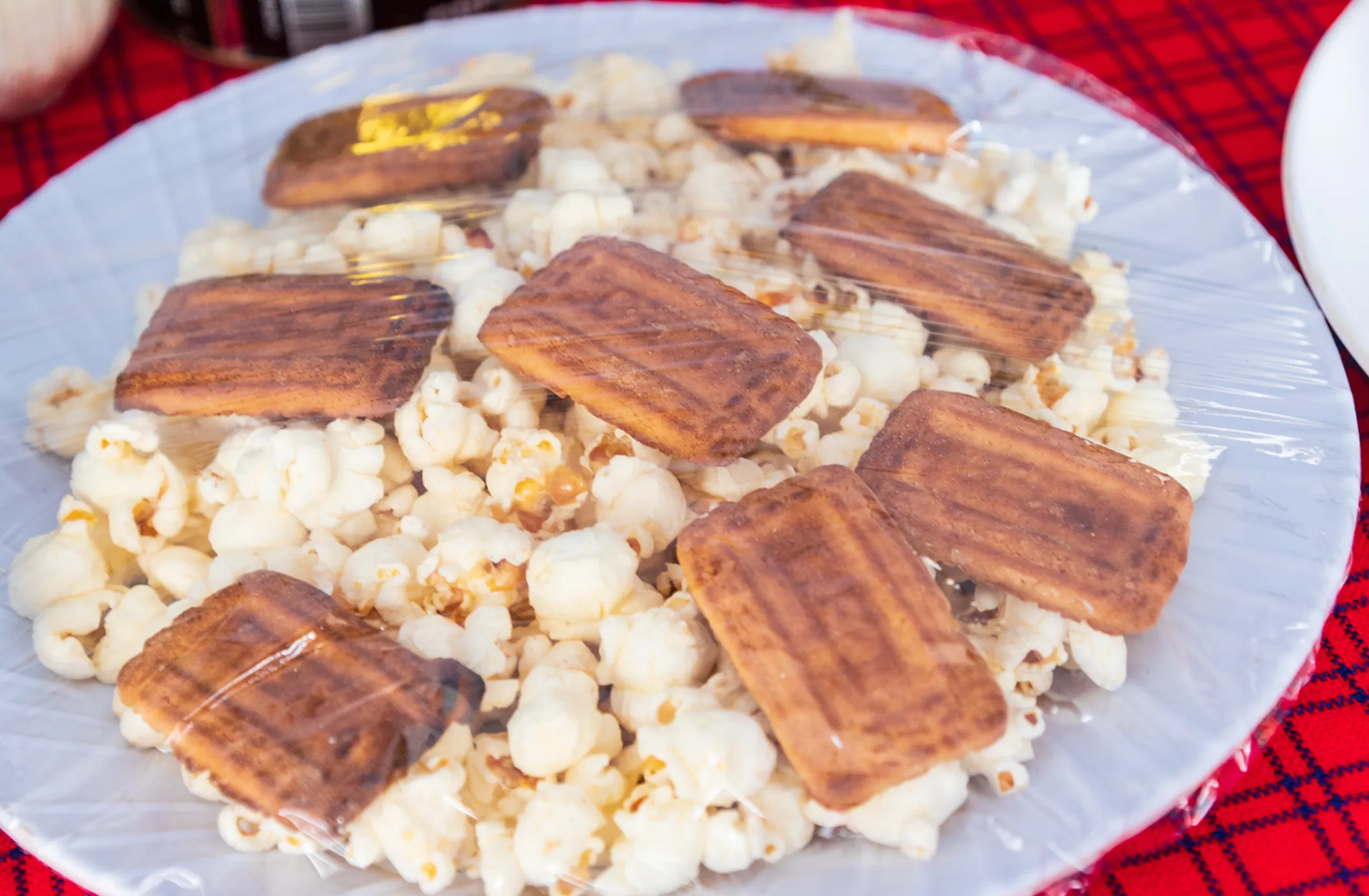
Dietary Needs and Flexibility
We take dietary requirements seriously. So, whether you’re vegetarian, vegan, gluten-free, or have other preferences, meals can be adjusted with advance notice. For particular diets, climbers may bring personal snacks like protein bars or electrolyte mixes. Communication with guides and chefs ensures your meals meet your energy needs while fitting your lifestyle.
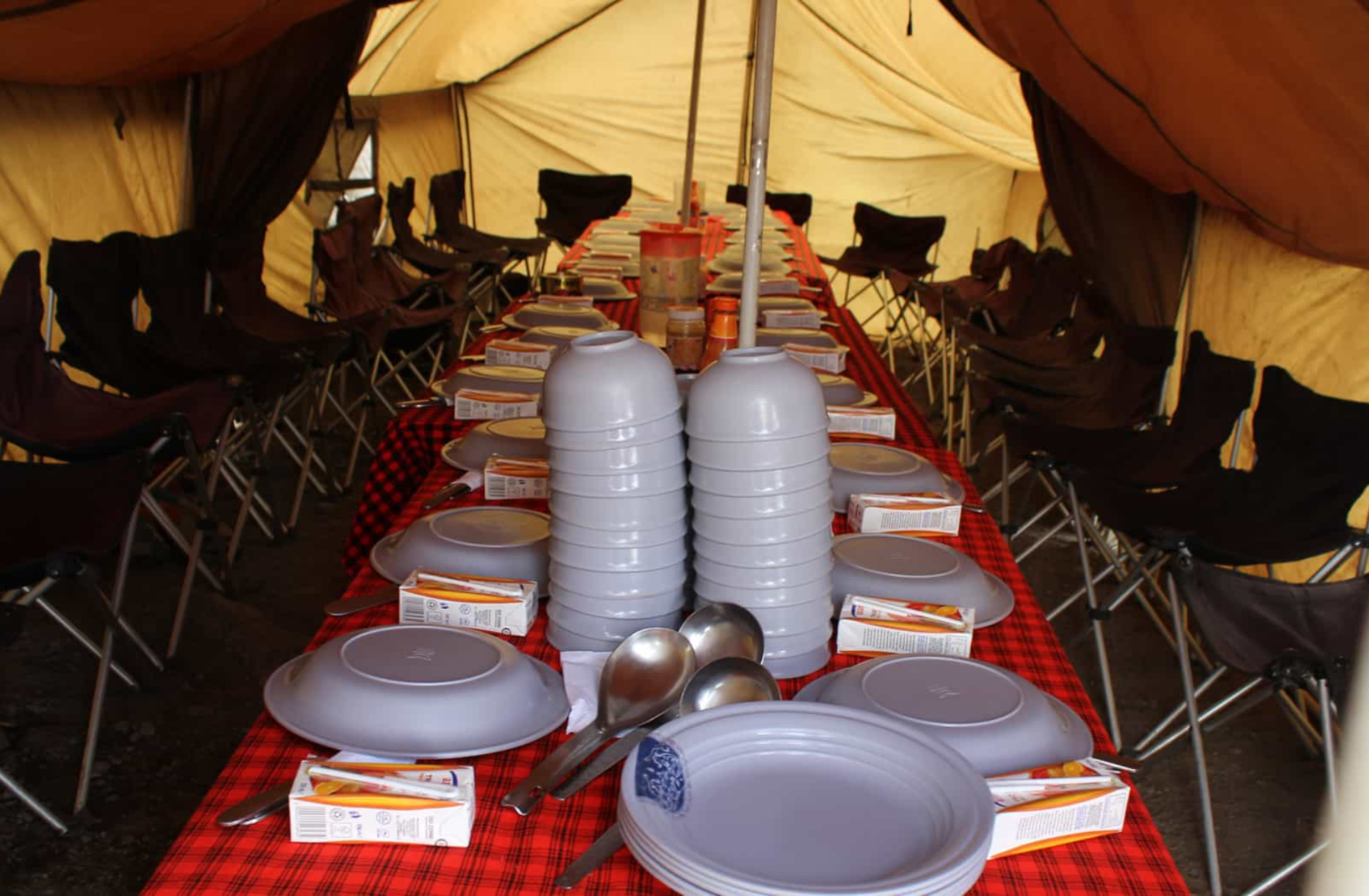
Why Carbs Are Key on Kilimanjaro
At altitude, consuming heavy proteins or fats can feel challenging. Carbohydrates, however, are digested quickly and provide fast energy. Research shows they improve oxygen efficiency and reduce altitude sickness symptoms. That’s why our meals lean toward high-energy carbs, combined with proteins and vegetables for balance.
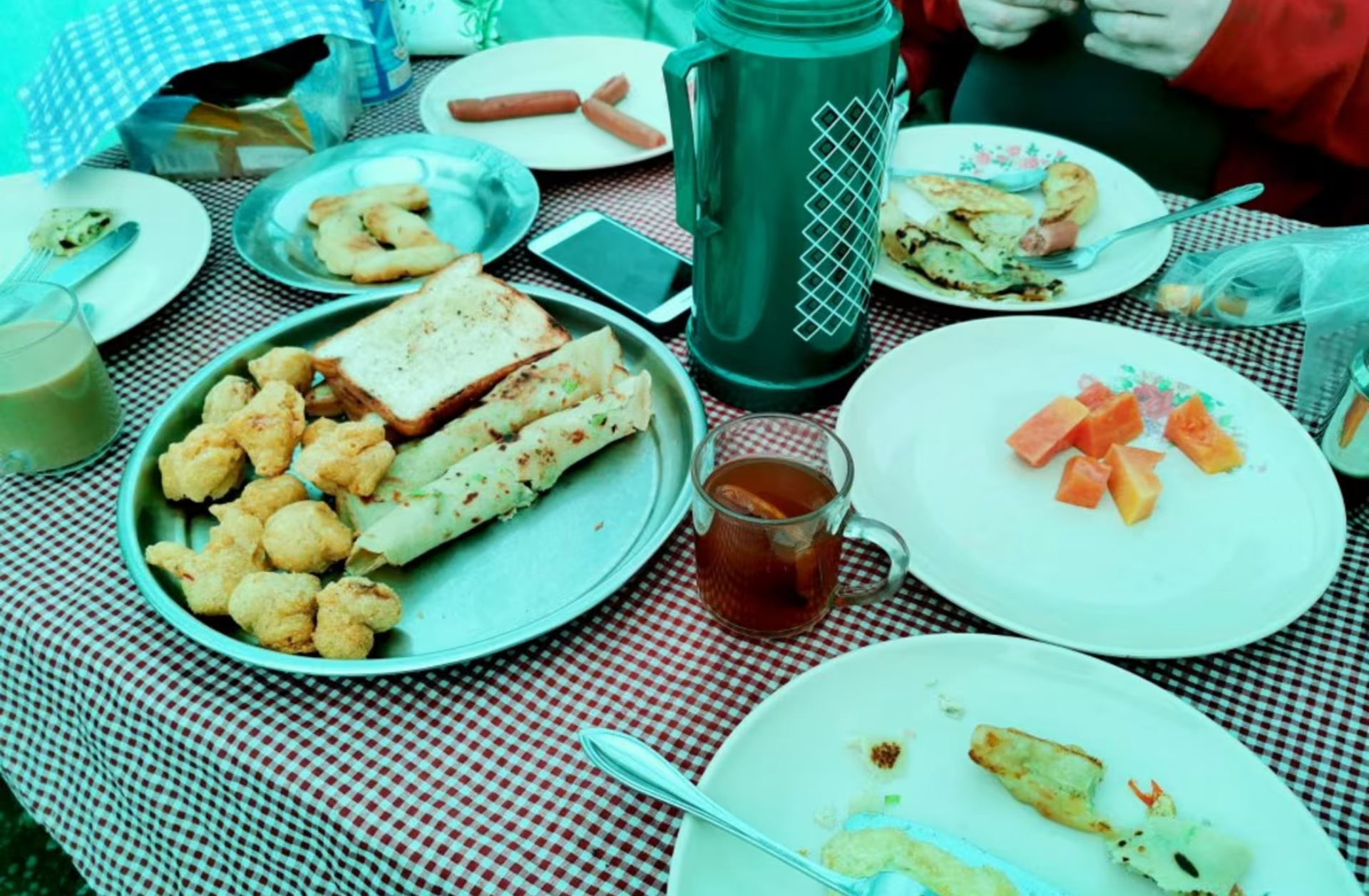
Drinking Water and Hydration
Clean, safe water is always available. All water is boiled, filtered, and purified before serving. Hydration is essential for acclimatization, and trekkers are encouraged to drink regularly.
- Recommended intake: 3–4 liters daily
- Hot drinks like tea, coffee, or hot chocolate are offered at camps
- Electrolyte powders or flavored drops can be brought along for added taste and energy balance
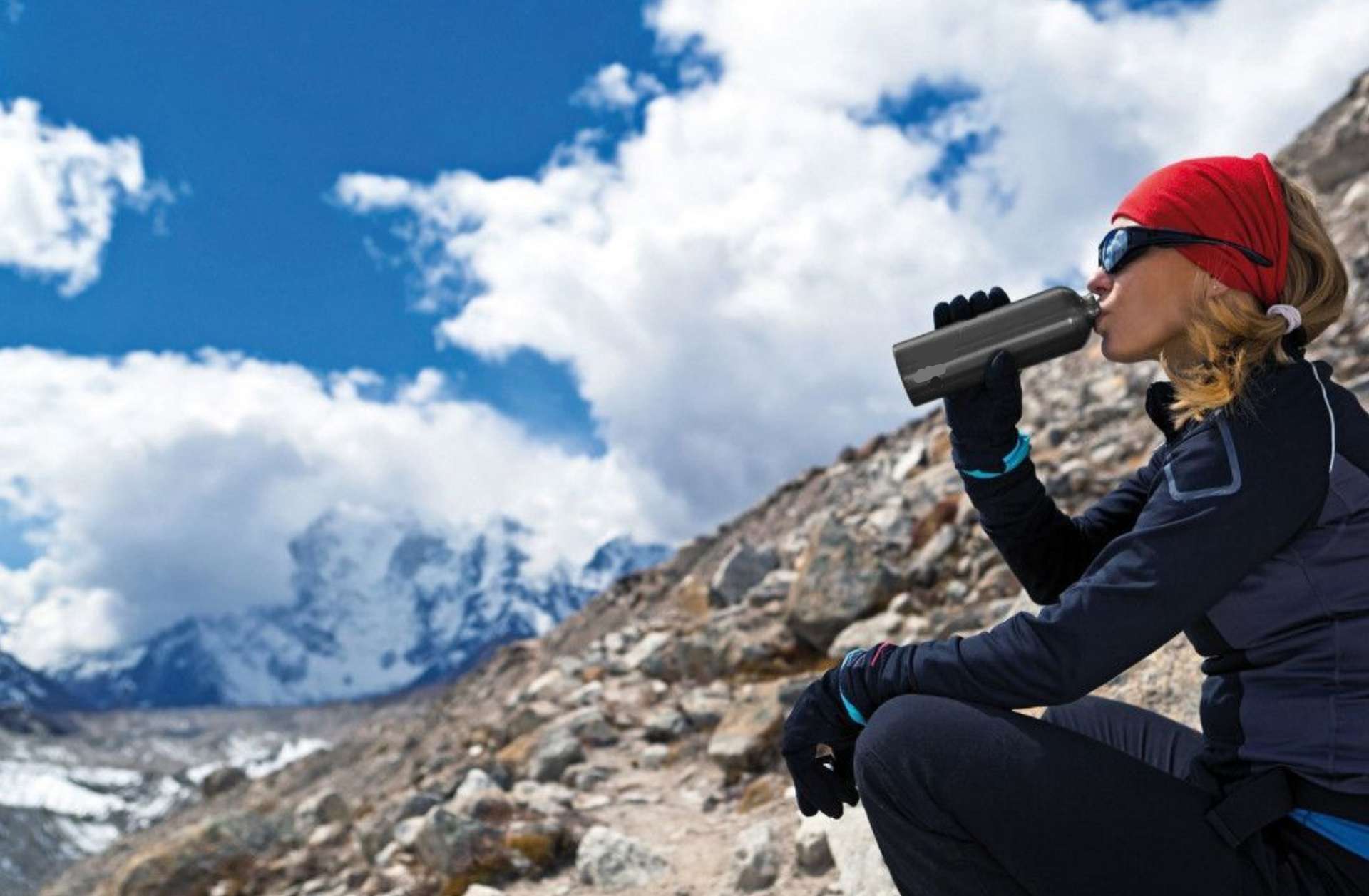
What Makes Kilimanjaro Meals Special?
Unlike typical camping treks, Kilimanjaro climbs don’t rely on dehydrated packets. Our chefs prepare real meals using fresh produce carried up by porters. Many climbers are surprised by the variety and flavor available at such high altitudes. Nutritious, delicious meals often become one of the most talked-about parts of the trek experience.
Sample Daily Meal Plan on Kilimanjaro
Meal | Example Menu |
Breakfast | Porridge with honey, eggs & sausage, toast with jam, fruit, tea/coffee |
Snack (Trail) | Energy bar, nuts, or dried fruit |
Lunch (Packed) | Sandwich with chicken & vegetables, boiled egg, apple/orange, juice box |
Afternoon Tea | Salted popcorn, biscuits, peanuts, and hot chocolate |
Dinner | Pumpkin soup, grilled chicken with rice and vegetable sauce, cabbage, fresh fruit dessert, tea/coffee |
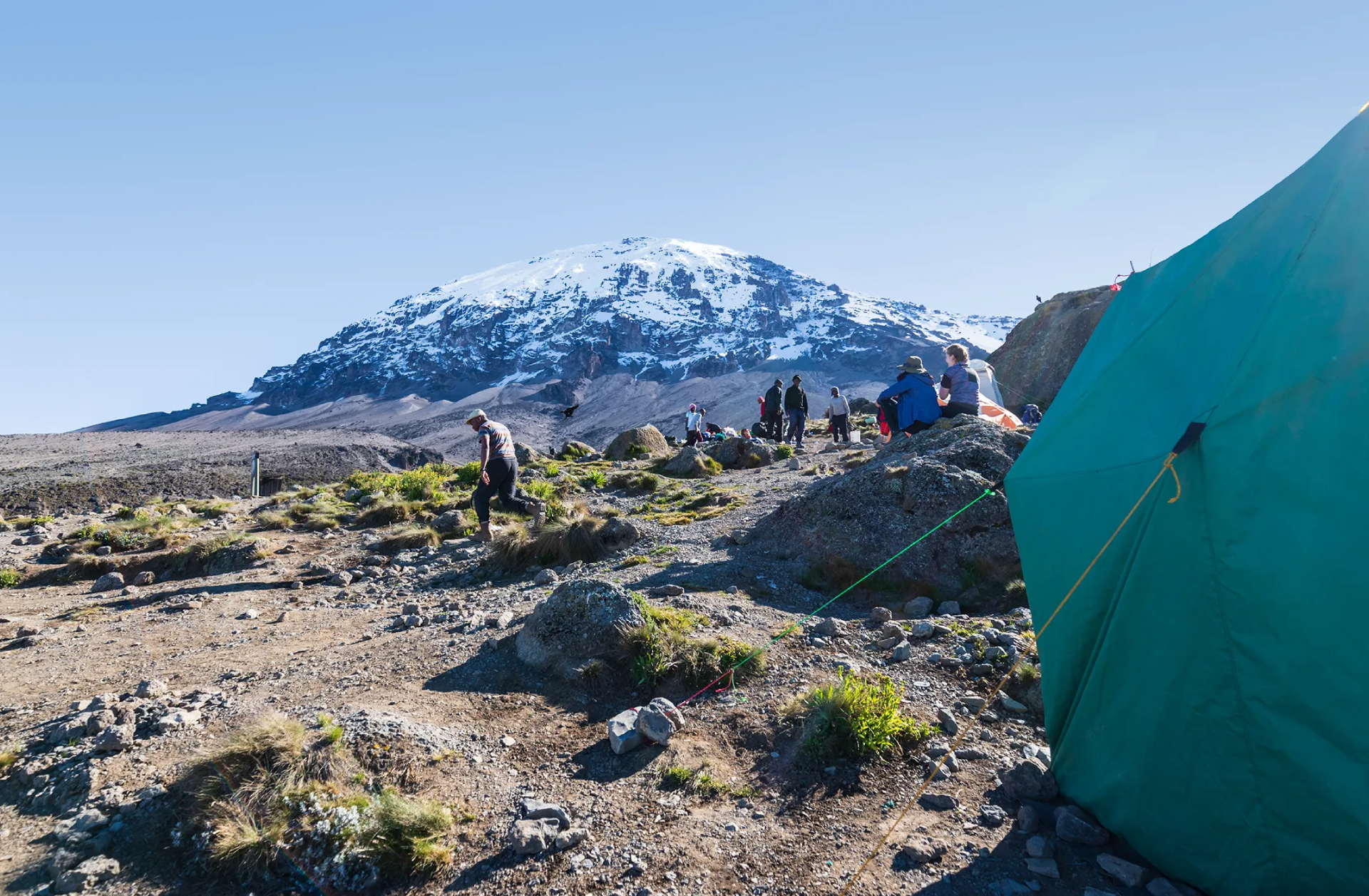
Getting Good Food on Kilimanjaro!
Climbing Kilimanjaro is not just about walking to the top; it’s about staying fueled, healthy, and motivated along the way. With freshly cooked meals, safe water, and thoughtful menus, you’ll have the energy you need for the challenge. Many climbers say the food was not only a surprise, but also a comfort that gave them the strength to keep going.
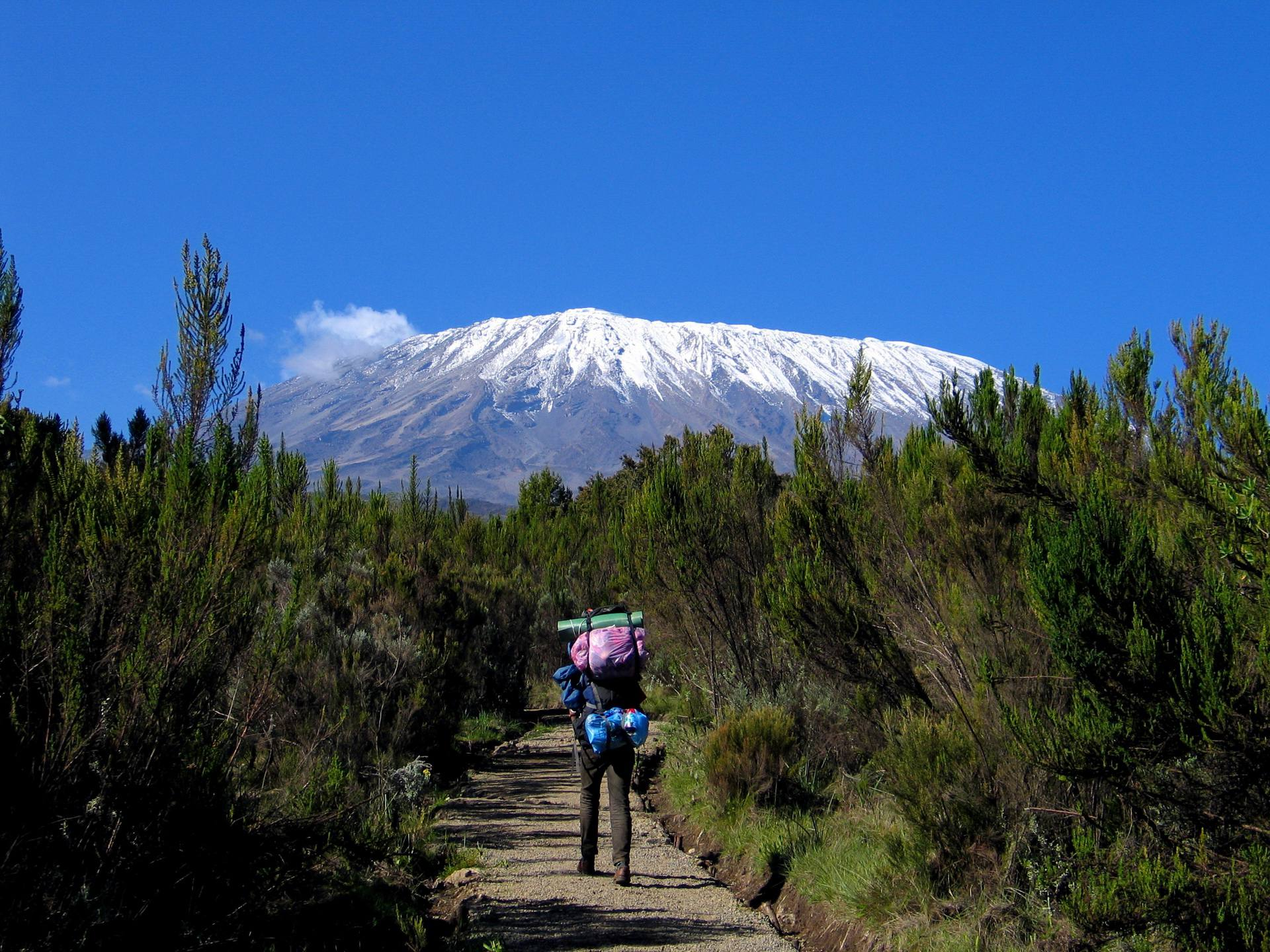
A Complete Travel Guide for Your Mount Kilimanjaro Adventure
Planning your Kilimanjaro climb goes beyond choosing a route. It’s about timing, preparation, costs, and even the food that fuels you. Our guides help you understand every detail, making your journey safe, enjoyable, and truly rewarding from start to summit.

Best Time
Discover ideal months for climbing Kilimanjaro’s stunning trails.

Climbing Cost
Learn the actual expenses behind a Kilimanjaro adventure.

Kilimanjaro FAQs
Find quick answers to common trek preparation questions.
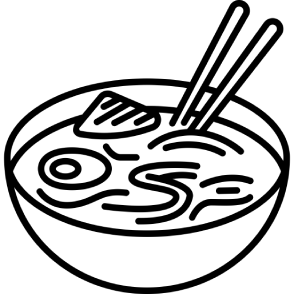
Climbing Foods
Explore the meals that fuel trekkers on the mountain.
Creating Your Dream Safari, The Way You Want it
Kingse Safaris Africa offers customized tours tailored to your needs. Everything about your trip can be altered to suit your travel style, from the activities to the schedule. Join us and design your dream journey with us!
